Coffee grounds for slugs: It sounds like an odd pairing, doesn’t it? But trust me, this simple kitchen staple might just be the secret weapon you need to win the battle against those slimy garden invaders! For centuries, gardeners have sought effective, natural ways to protect their precious plants. While synthetic pesticides offer a quick fix, many of us are looking for eco-friendly alternatives that won’t harm beneficial insects or contaminate our soil.
I remember my grandmother always scattering something dark around her prized hostas, and only later did I realize it was coffee grounds! This isn’t just an old wives’ tale; there’s real science behind it. Slugs, those nocturnal nibblers, can decimate a garden overnight, leaving behind a trail of destruction and frustration. But before you reach for harsh chemicals, consider this: coffee grounds for slugs offer a readily available, cost-effective, and surprisingly effective solution.
This DIY trick is essential because it allows you to protect your plants without resorting to harmful chemicals. Plus, you’re recycling a waste product, making your gardening even more sustainable! In this article, I’ll show you exactly how to use coffee grounds to create a slug-free haven for your beloved plants. Get ready to say goodbye to slug-eaten leaves and hello to a thriving, beautiful garden!
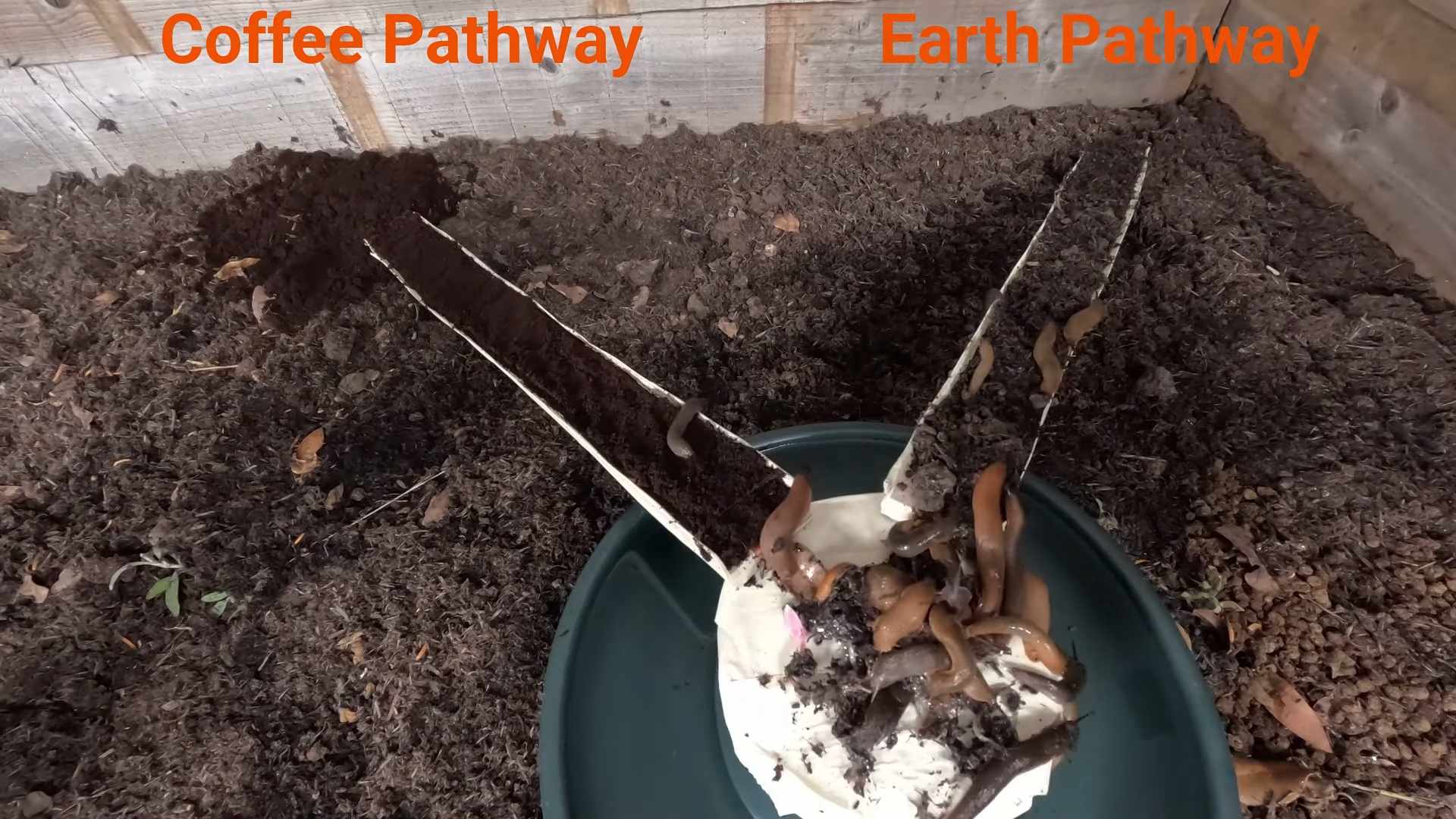
Using Coffee Grounds to Deter Slugs: A DIY Gardener’s Guide
Hey fellow garden enthusiasts! Tired of waking up to find your precious plants looking like they’ve been through a slug buffet? I know the feeling! Those slimy critters can wreak havoc, but fear not, because I’m here to share a simple, eco-friendly solution: coffee grounds! Yes, that leftover coffee from your morning brew can be a powerful weapon in the fight against slugs and snails.
This guide will walk you through everything you need to know about using coffee grounds to protect your garden. We’ll cover why it works, how to apply it effectively, and some important considerations to keep in mind. Let’s get started!
Why Coffee Grounds Work Against Slugs
Before we dive into the “how-to,” let’s understand why coffee grounds are so effective at deterring slugs and snails. There are a few key reasons:
* Caffeine Content: Slugs and snails are sensitive to caffeine. It acts as a neurotoxin, disrupting their nervous systems and making them uncomfortable. While it’s not usually lethal in the concentrations found in used coffee grounds, it’s enough to deter them from crossing the barrier.
* Texture: The slightly abrasive texture of coffee grounds can be irritating to slugs and snails as they try to crawl over it. It’s like walking on tiny, sharp pebbles for them.
* Acidity (Slightly): While used coffee grounds are not as acidic as fresh grounds, they still retain a slight acidity that slugs and snails dislike. They prefer alkaline environments.
* Nutrient Boost for Soil: As a bonus, coffee grounds decompose and add valuable nutrients to your soil, such as nitrogen, phosphorus, and potassium. This helps your plants thrive while keeping the pests away!
Preparing Your Coffee Grounds
The first step is to gather your ammunition! Here’s how to prepare your coffee grounds for slug-deterring action:
1. Collect Used Coffee Grounds: Start saving your used coffee grounds after brewing your coffee. Whether you use a drip coffee maker, French press, or espresso machine, the grounds will work.
2. Dry the Grounds (Optional but Recommended): While you can use wet coffee grounds, drying them slightly will make them easier to handle and prevent mold growth. Spread the grounds on a baking sheet or tray and let them air dry for a day or two. You can also use a low oven setting (around 200°F or 93°C) for a quicker drying process, but keep a close eye on them to prevent burning.
3. Store Properly: If you’re not using the grounds immediately, store them in an airtight container in a cool, dry place. This will prevent them from becoming moldy or attracting pests.
Applying Coffee Grounds to Your Garden
Now for the fun part: deploying your coffee ground defenses! Here’s a step-by-step guide to applying them effectively:
1. Identify Vulnerable Plants: Take a walk around your garden and identify the plants that are most susceptible to slug damage. These are the ones you’ll want to focus on. Hostas, lettuce, basil, and strawberries are common targets.
2. Clear the Area: Before applying the coffee grounds, clear away any weeds, debris, or fallen leaves from around the base of the plants. This will ensure that the coffee grounds make direct contact with the soil and create an effective barrier.
3. Create a Barrier: The most common method is to create a barrier around the plants you want to protect.
* Step 1: Using your hands or a small trowel, sprinkle a layer of coffee grounds around the base of the plant, forming a circle.
* Step 2: The barrier should be about 2-4 inches wide and about 1/2 inch thick. You don’t need to create a massive wall, just a deterrent.
* Step 3: Make sure the barrier is continuous, with no gaps for slugs to sneak through.
4. Direct Application to Soil (Optional): You can also lightly sprinkle coffee grounds directly onto the soil around your plants. This will help improve the soil quality and provide a mild deterrent effect. However, be careful not to overdo it, as too much coffee can affect the soil’s pH.
5. Reapply Regularly: Coffee grounds will break down over time, so you’ll need to reapply them every few weeks, especially after rain or watering. Keep an eye on your plants and reapply as needed.
6. Consider a Coffee Ground “Tea”: For a more diluted approach, you can brew a “tea” with your coffee grounds.
* Step 1: Soak used coffee grounds in water for a few hours or overnight.
* Step 2: Strain the mixture to remove the grounds.
* Step 3: Use the coffee-infused water to water your plants. This will provide a gentle dose of caffeine and nutrients.
Important Considerations and Tips
While coffee grounds are a fantastic natural slug deterrent, here are a few things to keep in mind:
* Soil pH: Coffee grounds are slightly acidic, so excessive use can lower the soil pH. This is generally not a problem for most plants, but if you have plants that prefer alkaline soil (like lavender or clematis), use coffee grounds sparingly or avoid using them around those plants altogether. You can test your soil pH with a simple soil testing kit available at most garden centers.
* Plant Sensitivity: Some plants are more sensitive to coffee grounds than others. Seedlings and young plants may be more susceptible to damage from the caffeine or acidity. Start with a small amount and observe how your plants react.
* Mold Growth: In humid conditions, coffee grounds can sometimes develop mold. This is usually harmless, but it can be unsightly. Drying the grounds before use can help prevent mold growth.
* Not a Guaranteed Solution: While coffee grounds are effective at deterring slugs, they may not completely eliminate them. In areas with heavy slug infestations, you may need to combine coffee grounds with other slug control methods, such as hand-picking, beer traps, or copper tape.
* Fresh vs. Used Coffee Grounds: Always use *used* coffee grounds. Fresh coffee grounds are much more acidic and can harm your plants.
* Composting: Coffee grounds are a great addition to your compost pile! They add valuable nitrogen and help balance out the carbon-rich materials.
* Observe and Adjust: Every garden is different, so pay attention to how your plants and slugs respond to the coffee grounds. Adjust your application methods and frequency as needed.
* Combine with Other Methods: For severe infestations, consider combining coffee grounds with other slug control methods like:
* Handpicking: Go out at night with a flashlight and collect slugs by hand. Drop them into a bucket of soapy water.
* Beer Traps: Bury shallow containers filled with beer in your garden. Slugs are attracted to the beer, fall in, and drown.
* Copper Tape: Place copper tape around the base of your plants. The copper reacts with the slug’s slime, creating a mild electric shock that deters them.
* Diatomaceous Earth (DE): Sprinkle food-grade diatomaceous earth around your plants. DE is made from fossilized algae and has sharp edges that cut the slugs’ bodies. Reapply after rain.
Troubleshooting
* Coffee Grounds Not Working? If you’re not seeing results, consider these factors:
* Insufficient Application: Make sure you’re applying enough coffee grounds to create a substantial barrier.
* Rainfall: Heavy rain can wash away the coffee grounds, so reapply after rain.
* Slug Population: If you have a very high slug population, coffee grounds alone may not be enough. Combine with other methods.
* Type of Slug: Some slug species may be more resistant to coffee grounds than others.
* Plants Showing Signs of Stress? If your plants are looking wilted or discolored, it could be due to excessive coffee ground application. Reduce the amount you’re using or stop using them altogether.
Final Thoughts
Using coffee grounds to deter slugs is a simple, effective, and eco-friendly way to protect your garden. It’s a win-win situation: you get to recycle your coffee waste, and your plants get to thrive without being devoured by slimy pests. So, start saving those coffee grounds and get ready to say goodbye to slug-infested gardens! Happy gardening!
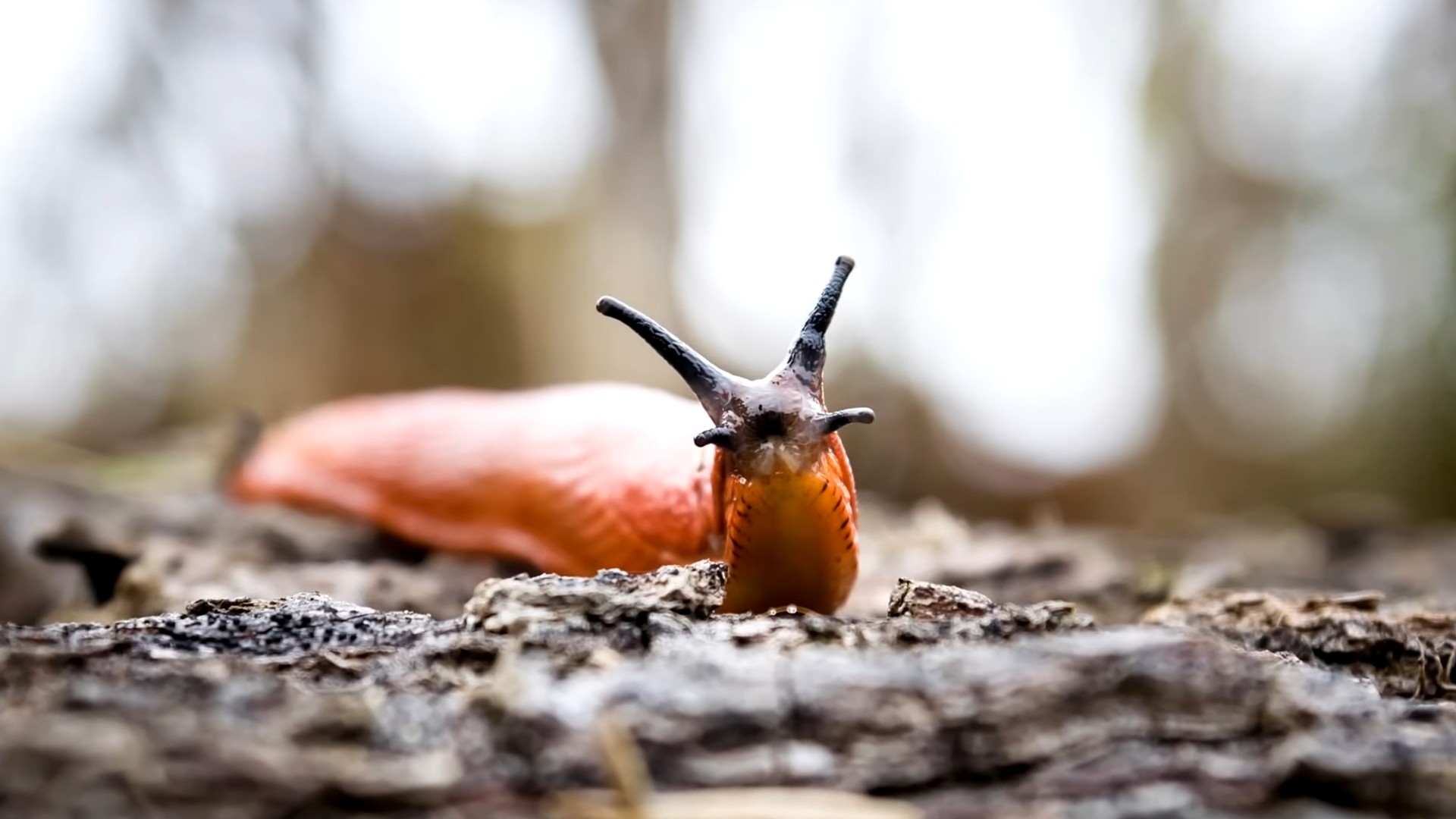
Conclusion
So, there you have it! This simple, cost-effective, and environmentally friendly method of using coffee grounds for slug control is a game-changer for any gardener battling these slimy pests. Forget expensive and potentially harmful chemical solutions. Embracing this DIY trick not only protects your precious plants but also contributes to a more sustainable gardening practice.
Why is this a must-try? Because it works! Coffee grounds act as a natural barrier that slugs are reluctant to cross. The caffeine in the grounds is also toxic to them in high concentrations, further deterring their advances. Plus, as the coffee grounds decompose, they enrich your soil with valuable nutrients, acting as a slow-release fertilizer. It’s a win-win situation for your garden and the environment.
But don’t just take our word for it. Experiment with different application methods to find what works best for your specific garden conditions. For example, you can create a ring of coffee grounds around vulnerable plants, sprinkle them directly onto the soil surface, or even brew a strong coffee solution and spray it onto affected areas (use with caution, as high concentrations can harm beneficial insects). Consider combining coffee grounds with other natural slug deterrents like crushed eggshells or copper tape for enhanced protection.
Another variation to consider is composting your coffee grounds first. While fresh grounds work well, composted grounds offer a gentler approach, especially for delicate seedlings. The composting process reduces the caffeine concentration, making it less likely to harm beneficial soil organisms while still providing a physical barrier and some deterrent effect.
The beauty of this DIY trick lies in its simplicity and adaptability. You can easily adjust the amount of coffee grounds you use and the frequency of application based on the severity of your slug problem and the type of plants you’re protecting. Remember to reapply the grounds after heavy rain or watering to maintain their effectiveness.
We are confident that once you try using coffee grounds for slug control, you’ll be amazed by the results. It’s a simple, effective, and sustainable solution that will help you keep your garden thriving without resorting to harmful chemicals.
So, what are you waiting for? Gather your used coffee grounds and head out to your garden. Give this DIY trick a try and witness the difference it makes. We encourage you to share your experiences with us and other gardeners in the comments below. Let us know what works best for you, any variations you’ve tried, and the results you’ve achieved. Together, we can create a community of gardeners who are committed to protecting their plants in a natural and sustainable way. Let’s reclaim our gardens from those pesky slugs, one coffee ground at a time!
Frequently Asked Questions (FAQ)
1. How do coffee grounds deter slugs?
Coffee grounds deter slugs through a combination of factors. Firstly, the texture of the grounds creates a physical barrier that slugs find difficult to cross. Slugs prefer smooth, moist surfaces, and the rough, dry texture of coffee grounds is uncomfortable for them. Secondly, coffee grounds contain caffeine, which is toxic to slugs in high concentrations. While the caffeine content in used coffee grounds is lower than in fresh grounds, it still acts as a deterrent. Finally, the aroma of coffee grounds may also repel slugs.
2. Are coffee grounds safe for all plants?
Generally, coffee grounds are safe for most plants, but it’s essential to use them correctly. Acid-loving plants like azaleas, rhododendrons, blueberries, and hydrangeas benefit most from coffee grounds, as they help lower the soil pH. However, some plants prefer alkaline soil and may not thrive with excessive coffee ground application. It’s always a good idea to test the soil pH before applying coffee grounds and to monitor your plants for any signs of distress. If you’re unsure, start with a small amount and observe how your plants respond. Composting coffee grounds before applying them to the garden can also help mitigate any potential acidity issues.
3. How often should I apply coffee grounds to my garden?
The frequency of application depends on several factors, including the severity of your slug problem, the type of soil you have, and the weather conditions. As a general guideline, reapply coffee grounds every few weeks or after heavy rain, as the rain can wash away the grounds and reduce their effectiveness. Monitor your plants regularly for signs of slug damage and adjust the frequency of application accordingly. If you’re using coffee grounds as a soil amendment, apply them more sparingly, as excessive amounts can alter the soil pH and nutrient balance.
4. Can I use fresh coffee grounds instead of used coffee grounds?
While you can use fresh coffee grounds, it’s generally recommended to use used coffee grounds for slug control. Fresh coffee grounds have a higher caffeine content, which can be harmful to beneficial soil organisms and even some plants. Used coffee grounds have a lower caffeine content and are less likely to cause any adverse effects. Additionally, used coffee grounds are often more readily available, as they are a byproduct of your daily coffee consumption. If you do choose to use fresh coffee grounds, use them sparingly and mix them with other organic matter to dilute the caffeine concentration.
5. Will coffee grounds harm earthworms?
The impact of coffee grounds on earthworms is a topic of debate. Some studies suggest that coffee grounds can be beneficial to earthworms, as they provide a source of food and organic matter. However, other studies indicate that high concentrations of caffeine can be harmful to earthworms. The key is to use coffee grounds in moderation. Avoid applying large amounts of coffee grounds directly to the soil, as this can create an acidic environment that earthworms may not tolerate. Instead, mix coffee grounds with other organic matter, such as compost or shredded leaves, to create a balanced soil amendment.
6. Where can I get coffee grounds if I don’t drink coffee?
If you don’t drink coffee, you can still easily obtain coffee grounds for your garden. Many coffee shops are happy to give away their used coffee grounds for free. Simply ask your local coffee shop if they have any available. You can also check with friends, family, or neighbors who drink coffee. Another option is to purchase coffee grounds in bulk from a garden supply store or online retailer.
7. Can I use coffee grounds in my compost pile?
Yes, coffee grounds are an excellent addition to your compost pile. They are considered a “green” material, meaning they are rich in nitrogen. Nitrogen is an essential nutrient for composting, as it helps to break down organic matter. Coffee grounds also add valuable nutrients to the compost, such as potassium and phosphorus. When adding coffee grounds to your compost pile, be sure to mix them with other “brown” materials, such as dried leaves or shredded paper, to maintain a proper carbon-to-nitrogen ratio.
8. Are there any plants that I should avoid using coffee grounds on?
While coffee grounds are generally safe for most plants, there are a few exceptions. Plants that prefer alkaline soil, such as lavender, rosemary, and thyme, may not thrive with coffee ground application. Additionally, some seedlings and young plants may be sensitive to the acidity of coffee grounds. It’s always a good idea to test the soil pH before applying coffee grounds and to monitor your plants for any signs of distress. If you’re unsure, start with a small amount and observe how your plants respond.
9. Can I use coffee grounds to deter other pests besides slugs?
While coffee grounds are primarily known for their effectiveness against slugs, they may also deter other pests, such as snails, ants, and certain types of insects. The caffeine in coffee grounds is toxic to many insects, and the aroma may also repel them. However, the effectiveness of coffee grounds against other pests may vary depending on the species and the environmental conditions.
10. How long do coffee grounds last as a slug deterrent?
The effectiveness of coffee grounds as a slug deterrent depends on several factors, including the weather conditions, the type of soil, and the severity of the slug problem. In general, coffee grounds will remain effective for a few weeks, but it’s important to reapply them after heavy rain or watering, as the rain can wash away the grounds and reduce their effectiveness. Monitor your plants regularly for signs of slug damage and adjust the frequency of application accordingly.


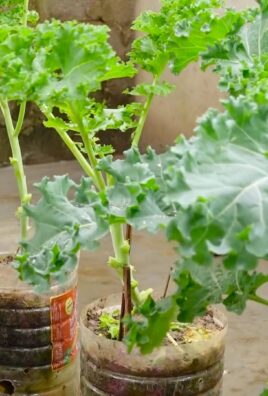
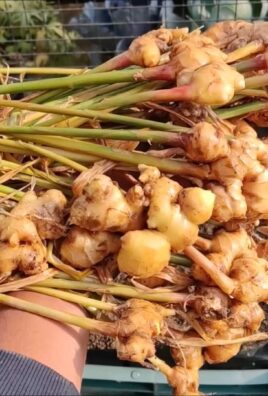
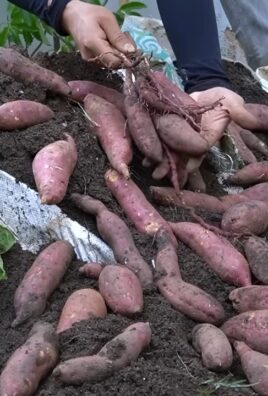
Leave a Comment